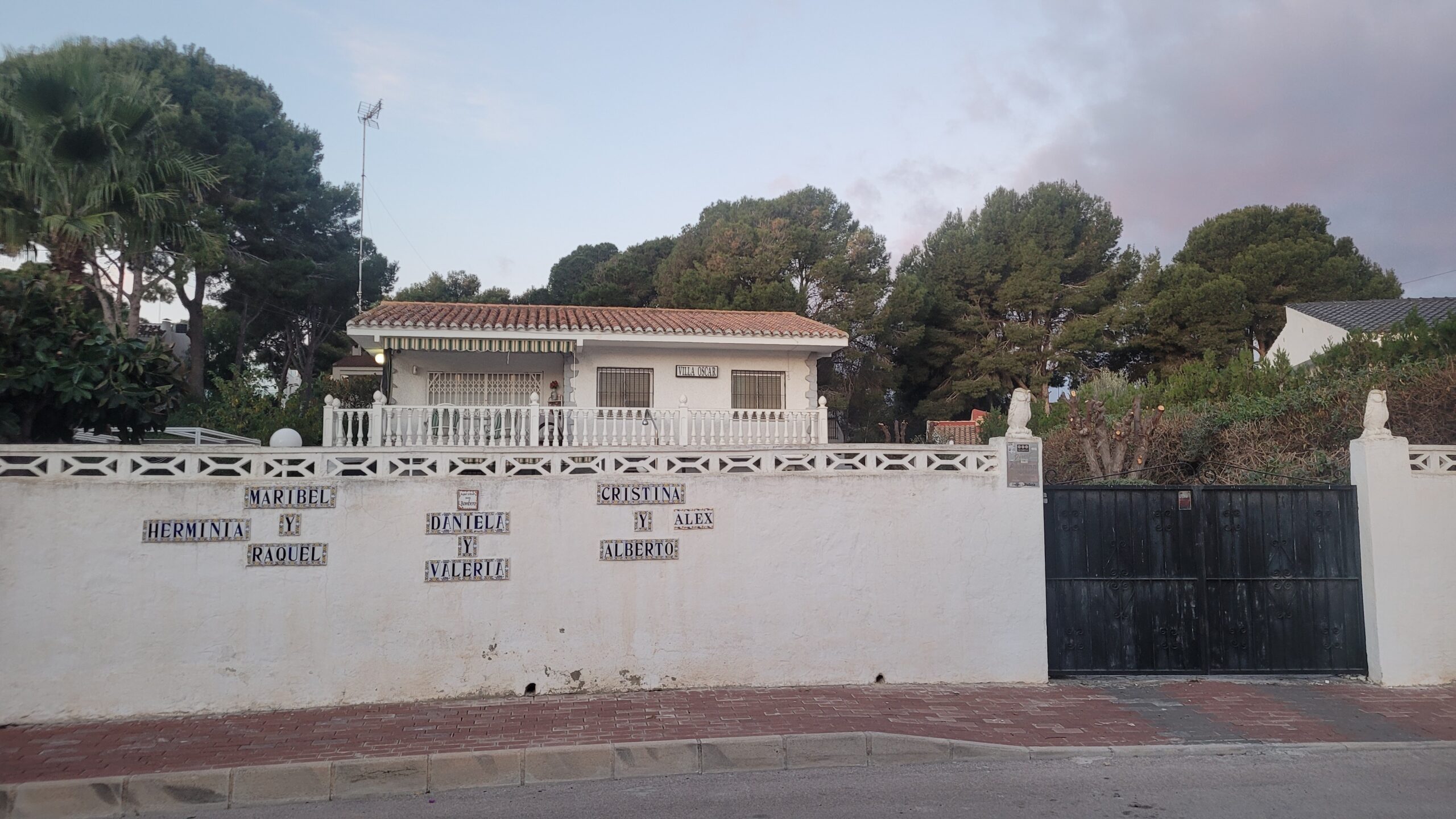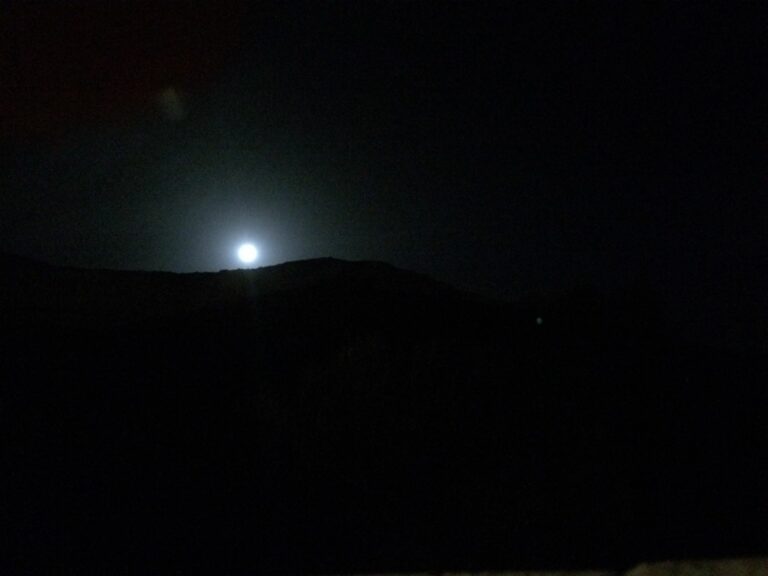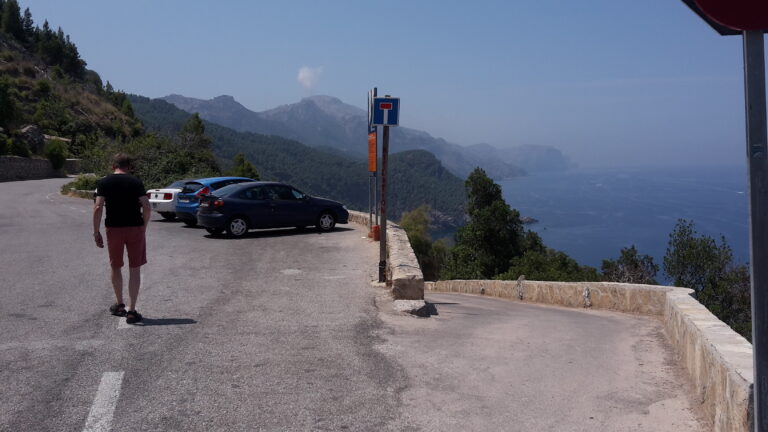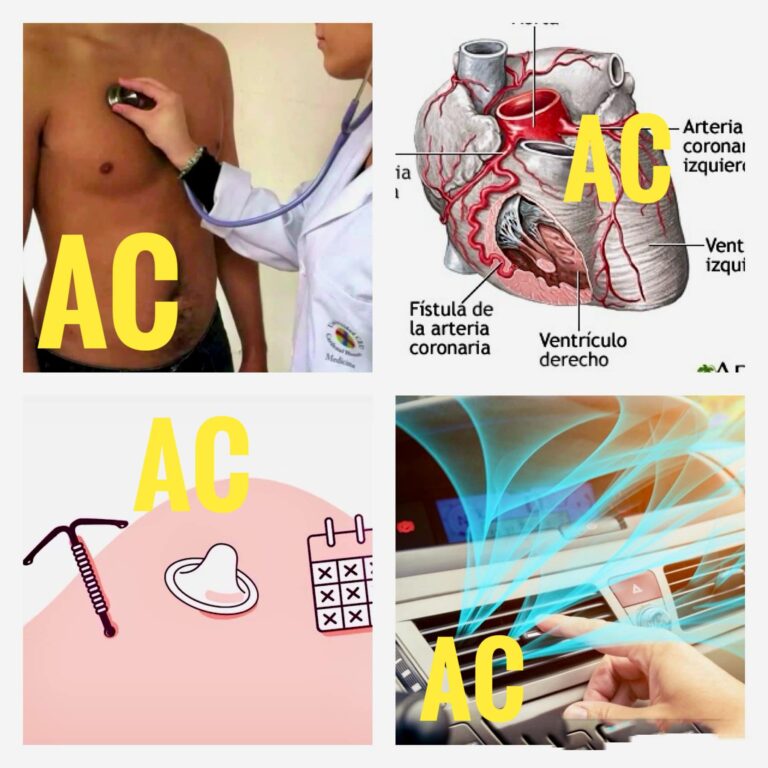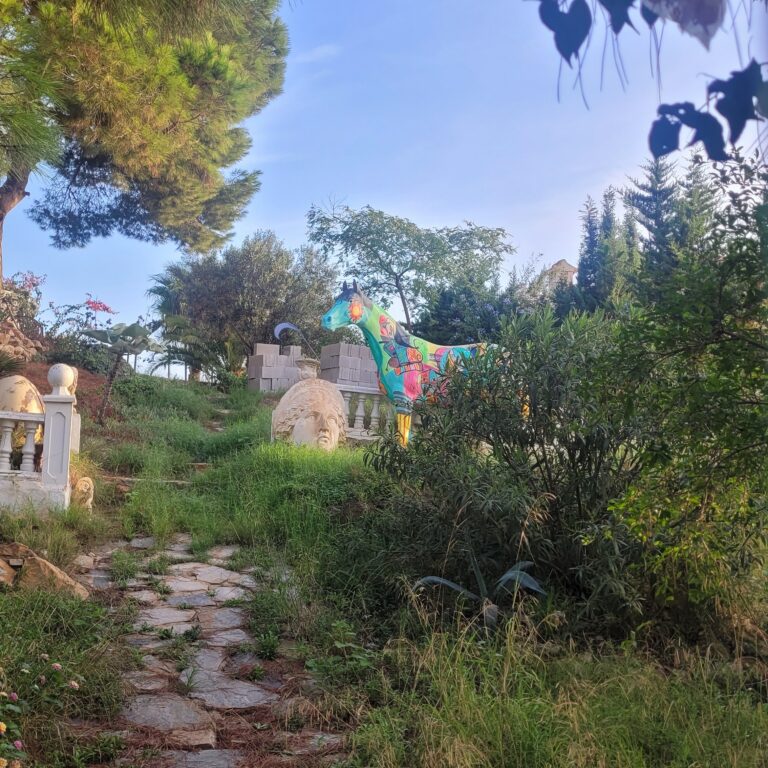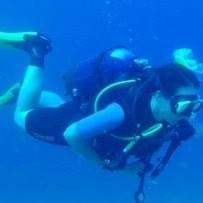Olemme kaikki ukrainalaisia
Näin otsikoi La Verdad-lehti artikkelinsa espanjalaisten alkuperästä. Tämä ei koske meitä suomalaisia vai koskeeko? Suomalaiset tulivat Volga-, Oka- ja Kama-jokien alueelta ja soturikansa Ukrainan ja Kaspianmeren seuduilta. Yamnayat eli jamnojen vaikutus levisi myös Suomen alueelle. Eniten jamnojen perimää on norjalaisissa, skotlantilaisissa ja liettualaisissa. Voidaan siis sanoa, että indoeurooppalaisten juuret ovat peräisin Venäjältä ja Ukrainan aroilta. Jamnojen mukana vaihtui jopa 80 prosenttia eurooppalaisista geeneistä.
Jamna-soturikansa
Jamnot olivat soturikansa. He hautasivat ruumiit kuoppahautoihin ja sana jama tarkoittaa kuoppaa venäjän kielessä, josta soturikansa sai nimensä. He olivat lähteneet aroilta Mustanmeren ja Kaspianmeren pohjoispuolella alueelle, joka nykyään kuuluu Bulgarialle, Romanialle, Moldovalle, Venäjälle ja Ukrainalle. Soturikansa levisi kolmannella vuosituhannella ennen ajanlaskua kaikkialle Eurooppaan ja Aasiaan, jolloin paimentolaiset sekoituivat paikallisiin väestöihin ja puhuivat primitiivistä indoeurooppalaista kieltä, joista juontuu nykyinen espanjan kieli. Soturiheimon saavuttua Iberian niemimaalle, heidän esivanhempansa osuus oli noin 50% jamnoista ja toinen 50% Keski-Euroopan väestöstä. Viimeaikaiset tutkimukset vahvistavat, että indoeurooppalainen geneettinen ja kielellinen alkuperä on peräisin jamnoista, jotka jättivät Etelä-Venäjän ja Ukrainan arot kuparikaudella(5000-3300 eaa)ja levisivät kaikkialle Eurooppaan ja Aasiaan.
Jamnat pohjoisessa
Ensimmäisinä pohjoiseen tuli mustaihoisia metsästäjä-keräilijöitä etelästä. Tämän jälkeen kun Golf-virta oli sulattanut Norjan rannikon aina Jäämerelle saakka, niin pohjoisesta alkoi virrata rantoja pitkin etelään vaaleaihoisia metsästäjiä. He sekaantuivat aiemmin tulleisiin tummaihoisiin metsästäjä-keräilijöihin. Kun Venäjän aroilla keksittiin hevonen vetoeläimeksi ja sille laitettiin kärryt perään, niin aroilta alkoi virrata väkeä Eurooppaan pikkuhiljaa.Tulijat olivat jamnoja.
Suomalaiset jamnat
“Pääosa meidän suomalaisten perimästä on sitä samaa jamnaa kuin ruotsalaistenkin. Tosin meidän jamnamme on osin enemmän slaavilaista ja balttilaista jamnaa kuin germaanista jamnaa. Slaavilaisen ja balttilaisen jamnan ja germaanijamnan raja kulkenee Suomessa jossain Pähkinäsaaren rauhan rajan tuntumassa. Lisäksi meissä on niitä samoja metsästäjä-keräilijä geenejä ja varhaisten viljelijöiden geenejä kuin ruotsalaisissakin”, kirjoittaa Arto Vihavainen blogissaan.
Indoeurooppalaisten alkuperää on etsitty ja siitä on keskusteltu 1800-luvulta lähtien. Saksalainen kielitieteilijä Franz Bopp osoitti, että sanskritilla(Intian klassinen sivistyskieli) ja eurooppalaisilla kielillä, kuten saksalla, olisi yhteinen kielellinen tausta. Tämä tuhansien kilometrien kielten välinen yhteys on todistettu. Esimerkki: “lammas” on sanskritin kielellä “avis” ja liettuaksi “avís”. Numero 2 on sekä liettuaksi että kurdiksi “du”, 4 on espanjaksi “cuatro” ja latviaksi “cetri” ja 8 on puolestaan saksaksi “acht” ja irlannin kelttikielellä iiriksi “ocht”. Esimerkiksi veljeä tarkoittava sana, englanniksi brother, oli lähes sama kuin Intiassa jo muinaisista ajoista käytetyssä sanskritissa: bhratar
Espanjalaiset sukunimet
Espanjalaiset sukunimet otettiin käyttöön ensimmäisen kerran noin 1100-luvulla, jolloin kansat alkoivat kasvaa siihen pisteeseen, että tuli tarpeelliseksi erottaa henkilöt, joilla oli sama etunimi. Nykyaikaiset espanjalaiset sukunimet kuuluvat yleensä yhteen neljästä kategoriasta.
Isän nimi ja sukunimi
Kuinka erottaa kaksi miestä, joilla on sama etunimi? Käyttämällä heidän isänsä tai äitinsä nimeä. Kieliopillisesti espanjalaiset sukunimet olivat joskus muuttumaton muoto isän etunimestä, joka erottui ääntämiserosta. Espanjan sukunimet muodostettiin kuitenkin useimmiten lisäämällä jälkiliitteitä, jotka tarkoittavat “poikaa”, kuten ez, az, is tai oz (tyypillinen kastilialaisille tai espanjalaisille sukunimille)isän nimen loppuun.
- Leon Alvarez – Leon, Alvaron poika
- Eduardo Fernández—Eduardo, Fernándon poika
- Pedro Velazquez – Pedro, Velascon poika
Maantieteelliset sukunimet
Maantieteelliset sukunimet. Tämä on toinen yleinen sukunimen tyyppi, joka johdetaan usein sen kotitilan sijainnista, josta ensimmäinen kantaja perheineen tuli tai asui.
- Ricardo de Lugo – Ricardo, Lugon kaupungista
- Lucas Iglesias – Lucas, joka asui lähellä kirkkoa ( iglesia )
- Sebastián Desoto—Sebastián, “lehdosta” ( soto)
Ammatilliset sukunimet
Ammatilliset sukunimet johdettiin alun perin henkilön työstä tai kaupasta.
- Roderick Guerrero – Roderick, soturi tai sotilas
- Lucas Vicario – Lucas, kirkkoherra
- Carlos Zapatero – Carlos, suutari
Kuvailevat sukunimet
Yksilön fyysisen ominaisuuden tai luonteen perusteella kuvailevat sukunimet kehitettiin espanjankielisissä maissa lempinimistä tai lemmikkieläinten nimistä.
- Juan Delgado – John the hoikka
- Aarón Cortes – Aarón, kohtelias
- Marco Rubio – Marco, blondi
Espanjalaiset sukunimet ovat erityisen tärkeitä sukututkijoille, koska lapsille annetaan yleensä kaksi sukunimeä, yksi kummaltakin vanhemmalta. Keskimmäinen nimi (etunimi) tulee perinteisesti isän nimestä, kun taas sukunimi (toinen sukunimi) on äidin tyttönimi. Joskus nämä kaksi sukunimeä voidaan löytää erotettuna y :llä (tarkoittaa “ja”), vaikka tämä ei ole enää niin yleistä kuin ennen.
Kuitenkin puhutaan aina äidinkielestä, eikä isänkielestä
Euroopassa lähtökohtaisesti korostettiin nimen kautta ihmisen kuulumista mieslinjaisesti tiettyyn sukuun, mutta näin ei ole aina ollut. Turussa nimi otettiin usein suvun, naislinjaisenkin, mukaan. Kruunu on periytynyt isälinjan mukaan, varsinkin Ranskassa, mutta Englannissa kruunun on saanut päähänsä myös naiset. Nimet ovat voineet tulla sekä miesten että naisten kautta, mutta pääosin miesten kautta. Onko kieli määräytynyt sitten äidin mukaan? Lapsi oppinut kielen äidiltään, ei isältään. Molempien vanhempieni suku tullut ruotsinkielisistä suvuista, joissa kieli määräytynyt voimakkaasti miesten puolelta. Suomenkielinen äiti on opettanut lapselleen ruotsin kielen, mikä ollut perheen pääkieli. Suomen kieli ollut jopa kiellettyä käyttää kotona. Tämä on aiheuttanut isän ja pojan välien rikkoontumisen, jos poika alkanut seurustelemaan suomenkielisen tytön kanssa. Isän kielellä ollut merkittävä valta perheessä.
Veneet ja hurrikaanit
Veneet nimettiin aikoinaan niiden naisten mukaan, jotka muistuttivat merimiehiä kotioloista ja siitä, että veneet voivat olla yhtä oikukkaita kuin naiset, kuulemma. Veneistä on pidetty aina hyvää huolta. Hurrikaaneille on annettu miesten ja naisten nimiä 1970-luvun lopulta alkaen. Sitä ennen hurrikaanit saivat vain naisten nimiä, sillä silloisen uskomuksen mukaan myrskyt olivat naisten tapaan arvaamattomia. Naisellisen nimen saanutta hurrikaania ei yleensä pidetty vaarallisena, vaikka kuolonuhreja on tullut enemmän kun vastaavasti hurrikaaneilla, joilla miehen nimi.

